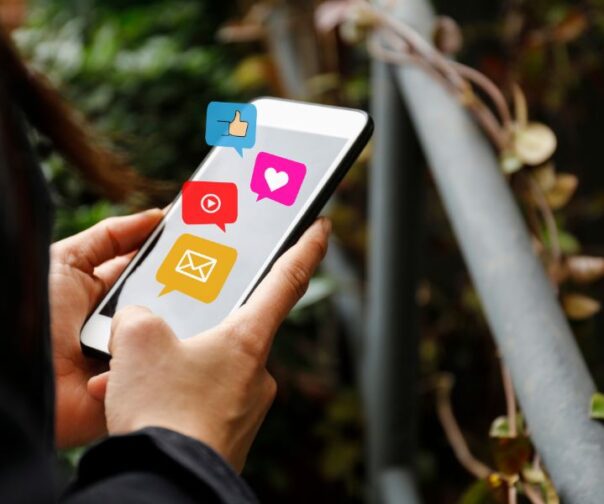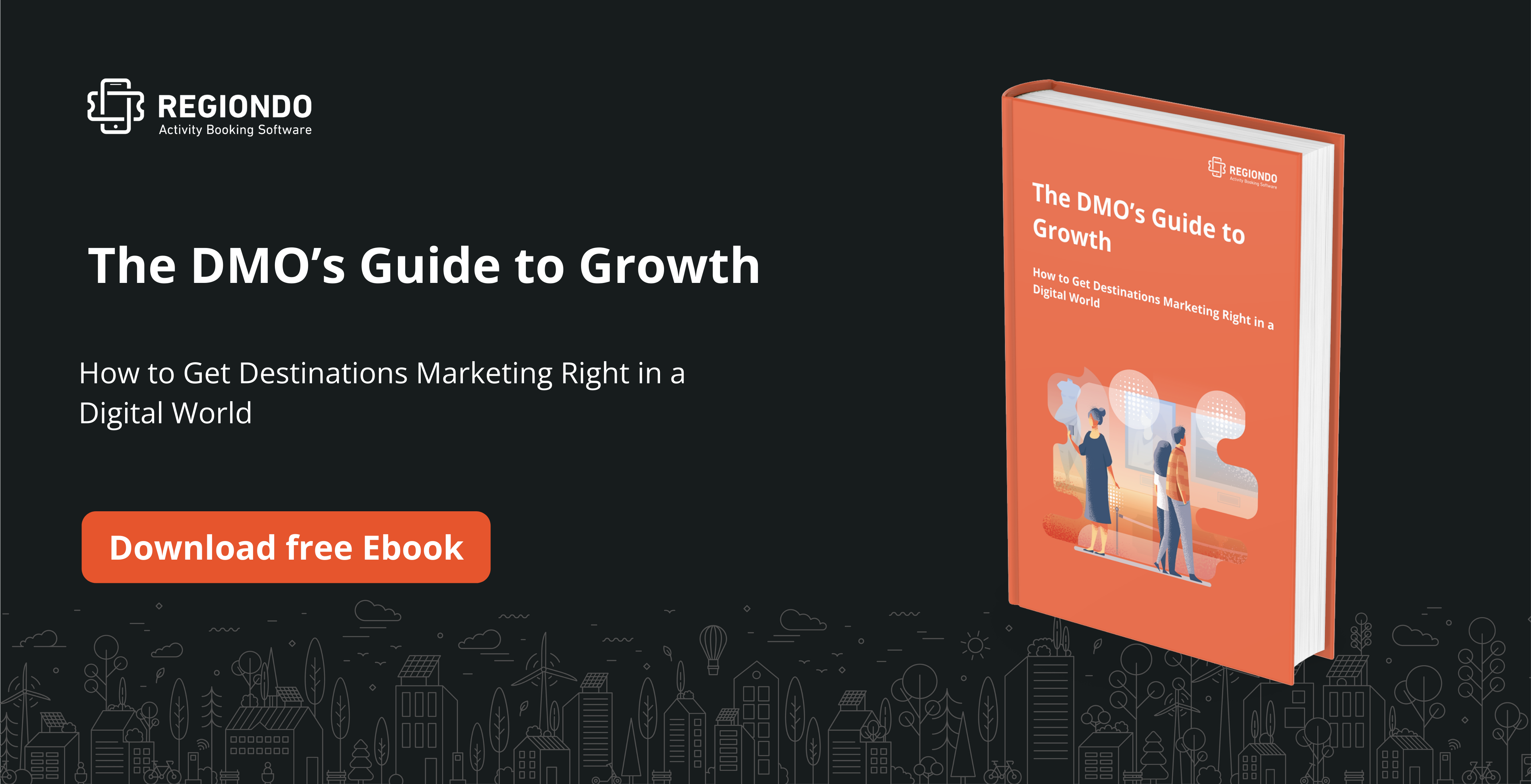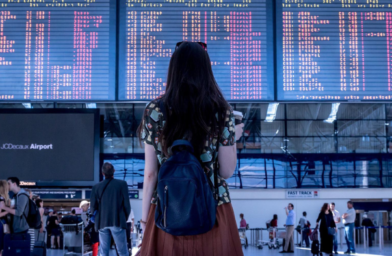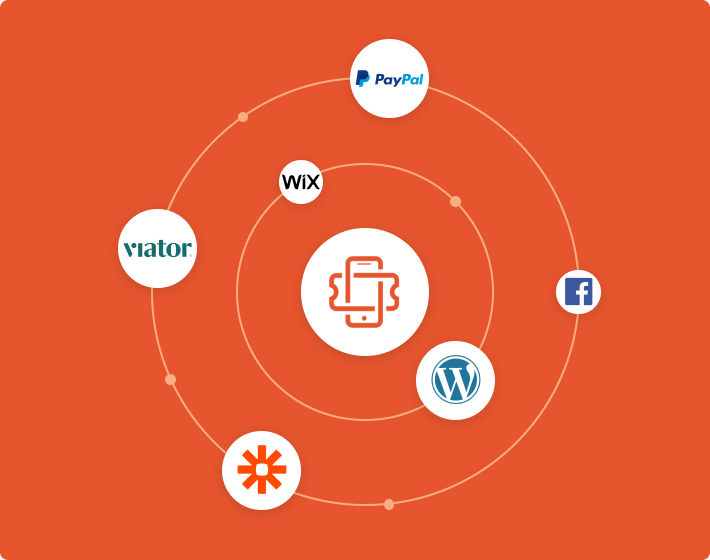We live in an internet era where travelers are using online platforms to get recommendations of places to go, where to stay, and things to do.
Holiday photos are splashed all over Facebook and Instagram after exciting getaways. And other internet users follow closely to get inspiration for where to travel to next.
The influence of social media on travel and tourism is undeniable.
But how can Destination Marketing Organizations (DMOs) use this powerful tool to their advantage? How can marketers better understand the social channels and properly strategize for successful brand promotion?
In this post, we’ll tackle all these issues concerning social media and DMOs. Keep reading to learn the importance of social media in destination marketing, the evolution of social media, useful tips, and finally, the future of social media for destination marketing.
Social media has transformed how businesses market themselves to their customers. And DMOs have experienced this change as well.
According to Google, close to 50% of smartphone users in the U.S., France, and the U.K. comfortably plan their travels entirely on their mobile devices. Since social channels have made it convenient to make travel decisions, destination marketers are now benefiting from the marketing opportunities created.
Here are four main areas in which social media has significantly affected destination marketing.
1. Destination discovery
Some would-be travelers don’t know where they want to go yet or what they’ll want to do there. All they know is that they need or want a getaway.
These are some of the groups of people who go on Facebook, Instagram, or Twitter to find inspiration and ideas from other travelers for the ideal holiday.
As a DMO, this is a prime opportunity to influence decision making. Your positive social media presence can help searchers discover your destination and choose you. By having current customers post about their fun and exciting experiences in your location, you can inspire the next traveler to book.
2. Travel research
Holiday photos and videos are some of the most popular content on social channels. Coupled with customer reviews, they are what guide many consumers to book a particular destination. Statistics show that a whopping 70% of travelers research their travels on smartphones.
Since most customers trust other consumers’ feedback more than brand adverts, the research done on social media is sufficient to come up with a decision.
Destination marketers are tapping into this by encouraging user-generated content and partnering with influencers to build that trust with new visitors.
3. Customer service
Social media interaction is a two-way traffic. Marketers can listen to their customers’ complaints or compliments and respond by comment or via messenger. This basically serves as a customer service channel.
By responding to customers online, your brand is seen to care for its clients and this paints you in a positive light. It also humanizes your brand making you appear more authentic.
4. Loyalty programs
Social sharing plans are great for loyalty programs among many travel companies. Brands can encourage customers to post and share their experience with the brand’s product in exchange for cool perks or even discounts. This helps to kill two birds with one stone – it provides feedback and creates opportunities for rewarding fans.
Seeing how important social media is in destination marketing, it’s necessary to know and understand its transformation over time.
As social media evolves, destination marketers need to keep up with the latest trends and reassess their marketing strategies regularly in order to fully benefit from this channel of marketing.
Let’s look at some of the areas where social media has evolved:
The social channels: In the early 2000s, MySpace was the first social media platform to get a million monthly users. Now we barely talk about it. Other platforms came and went, like Periscope, Vine, or Blab.
Today Facebook, Instagram, and Twitter are among the big players. Facebook is leading the pack with more than 2.4 billion users.
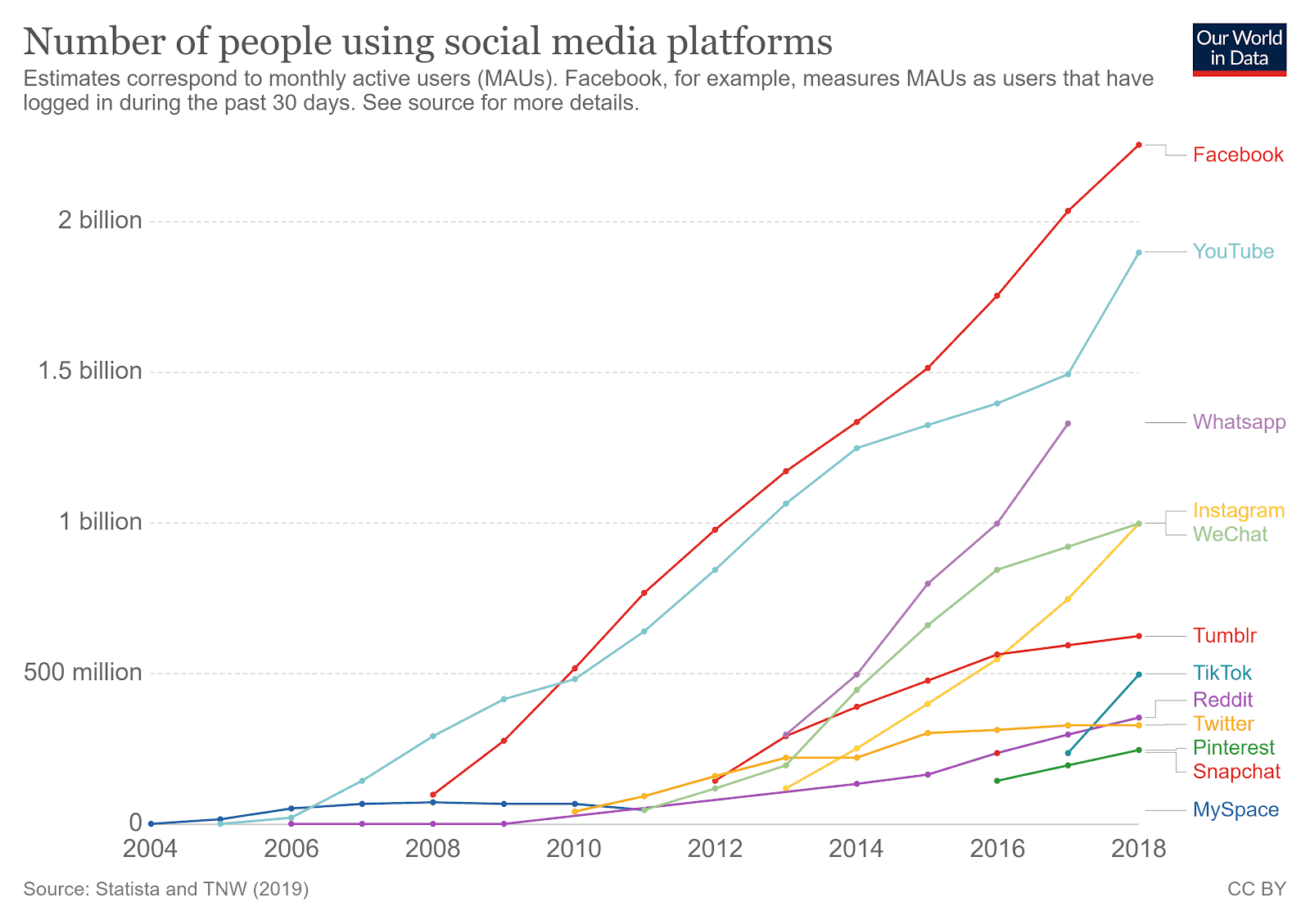
The evolution of social media has therefore resulted in different channels coming into this space and only the tough players survive.
Features: Apart from experiencing different social media players, the evolution of features and algorithms on various sites is something to keep an eye on. These changes directly affect user behavior and so need to guide marketing strategies for DMOs.
New features have come up on different platforms while others are becoming outdated. For example, Instagram came up with Stories in 2016 and introduced IGTV in 2018. The Stories feature caught on quickly and in about three years there were more than 500 million daily users of the feature.
Other social channels are also transforming with time. Facebook introduced live-stream videos which is a popular feature for marketers to showcase a more authentic side of their brands.
Content: Another change experienced in the world of social media is the kind of content being generated. Evolution in this area is due to the increasing number of content from the many businesses that are online. It’s become harder to stand out and drive engagement like before.
Marketers are opting for user-generated content (UGC) and influencers’ content. This is now a more effective way of boosting engagement with targeted audiences.
Functions: Social media usage has spread far and wide among DMOs to a point that it’s become more than just a marketing tool. Businesses have come up with new ways of using social media to their advantage.
For starters, travel companies are using social media to provide customer service for their clients. Hotels, on the other hand, are offering concierge services using Whatsapp and other messaging platforms.
So that is the evolution of social media and we are most likely going to experience more transformations over the years to come.
What does it mean for destination marketers in the face of all these changes? Is your DMO fully leveraging social media?
The following are a few pointers to help you take full advantage of social media marketing as we know it today.
We’ve already looked at the evolution of social media and seen how important it is in destination marketing, so the next thing is to have a strategic plan for your SMM.
However, missing this formal winning strategy is a challenge that nearly 24% of social media marketers are facing. And that’s why we have the following tips. Hopefully, these will propel you to overcome this challenge and put you on a path to success.
1. Offer free information
Social media requires that you socialize. One of the best ways to do this is by sharing free information on different topics about travel and leisure. This can present you as an expert and you’ll soon become the go-to brand for potential customers when they want to travel.
But don’t just share any kind of information, aim to offer valuable information that your target audience actually needs. For example, you can share tips on how to plan a family vacation, provide lists of the best places to stay in a given location, or even guides for popular attractions.
2. Include user-generated content
In as much as DMOs should be active on social media platforms, you should also have the right type of content. User-generated content is essential. It shows potential customers that other people love your product so much that they posted about their experience with you.
Research shows that 88% of consumers trust online reviews just as much as recommendations from their personal contacts.
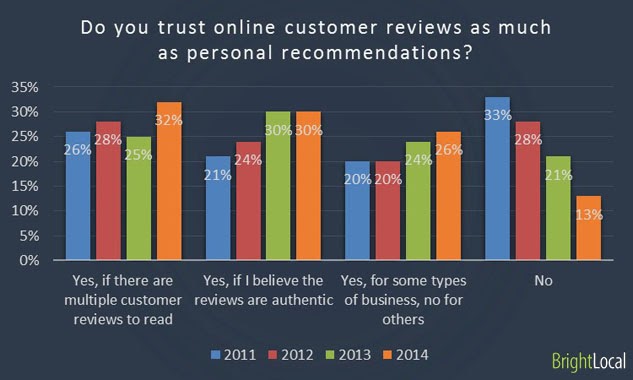
This means user-generated content can work as effectively as word-of-mouth. So including content from your present customers is likely to boost trust with your audience and increase bookings.
3. Partner with influencers
This is another strategy that uses the idea of word-of-mouth marketing. Influencers can drive traffic and increase engagement through comments, shares, and mentions. DMOs can partner with influencers that match the target customers’ demographics so that they can resonate with the potential customers.
4. Leverage different social media channels
There are several platforms for social media marketing. You don’t have to be in all of them but maximizing on the most popular ones can increase your brand reach and boost awareness.
- Facebook is currently the largest social channel and almost every company has its brand page here. Creating a Facebook page for your DMO enables you to post updates about your destination and engage Facebook users. Remember to include live videos every once in a while.
- Instagram is also a highly effective platform for travel and leisure businesses. By posting unique, high-quality photos and videos of your destination, you entice potential customers and can produce high engagement.
In fact, this will prove to travelers just how ‘instagrammable’ your location is. This is advantageous since studies have shown that about 40% of millennials choose their travel destinations based on how Instagram-worthy the photos are.
- Having a Twitter handle is another great option for your SMM. Your account needs to be active and regularly updated. Remember the travel and tourism industry is very visual so endeavor to create engaging tweets with images or videos.
- Other social media channels DMOs can leverage are Snapchat (if you’re targeting younger travelers) and LinkedIn (great for reaching business travelers).
Social media usage is growing. It is estimated that there could be over four billion users by 2021, up from about 3.4 billion in 2019.
For as long as social media continues to grow, then it’s future with regards to destination marketing is bright. The travel and leisure industry is social at its core, no wonder it’s been inseparable from social media.
Also, more and more people are using social media to plan their holidays and when traveling. The percentage of U.S. travelers, for example, who use their smartphones when traveling rose from 41% in 2015 to about 70% in 2017.
This goes to show that DMOs should continue harnessing the power of social media to their advantage since there are many benefits to reap from this marketing channel.
Conclusion
In conclusion, destination marketing and social media go hand in hand. We’ve looked at the importance of social media in this tourism industry, the evolution of social media, tips for SMM, and the future of social media for destination marketing.
With that, I hope you’re now better equipped to take on social media marketing for your DMO’s benefit.
This blog post is part of our series on destination marketing. You can find the rest of the articles below:
- 10 Destination Marketing Strategies to Help You Grow Quickly
- 8 Tips for Successful Destination Branding
- The Top Destination Marketing Trends in 2020 and Beyond
- How to Get Destination Marketing Right in a Digital World
- 4 Destination Marketing Campaigns to Inspire You In 2020 and Beyond
- The Most Useful Destination Marketing Tools for Any Budget
- 5 Reasons Why DMOs Should Work with Bloggers
- How Destinations Should Position Themselves in the Tours & Activities Market
- Storytelling for DMOs: Make Your Destination Come Alive
